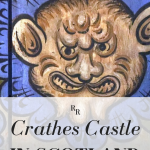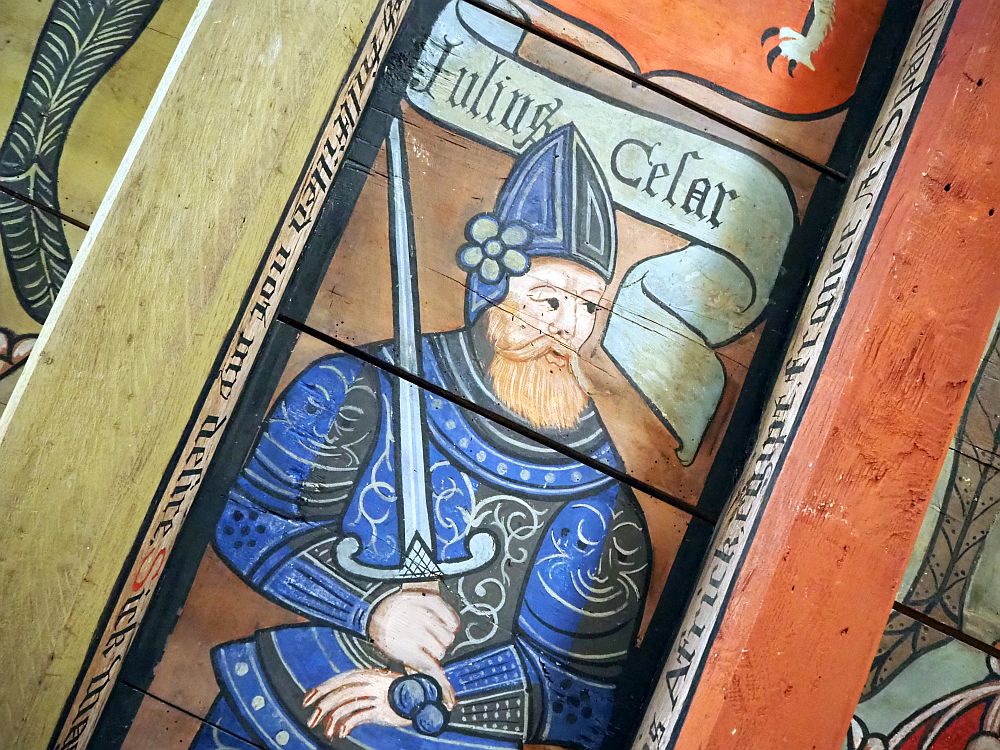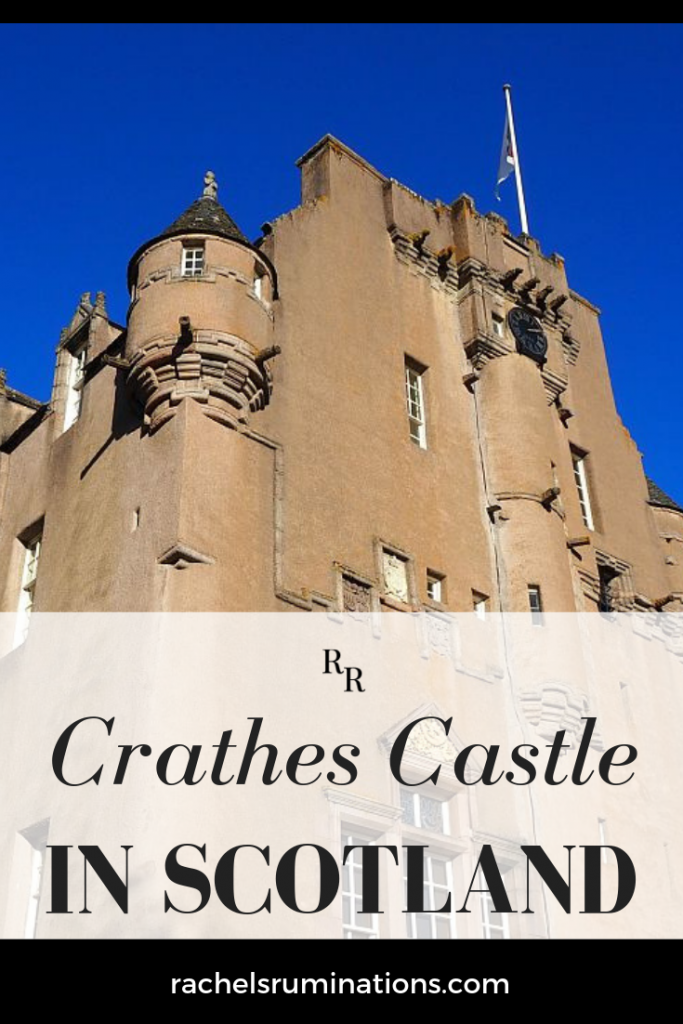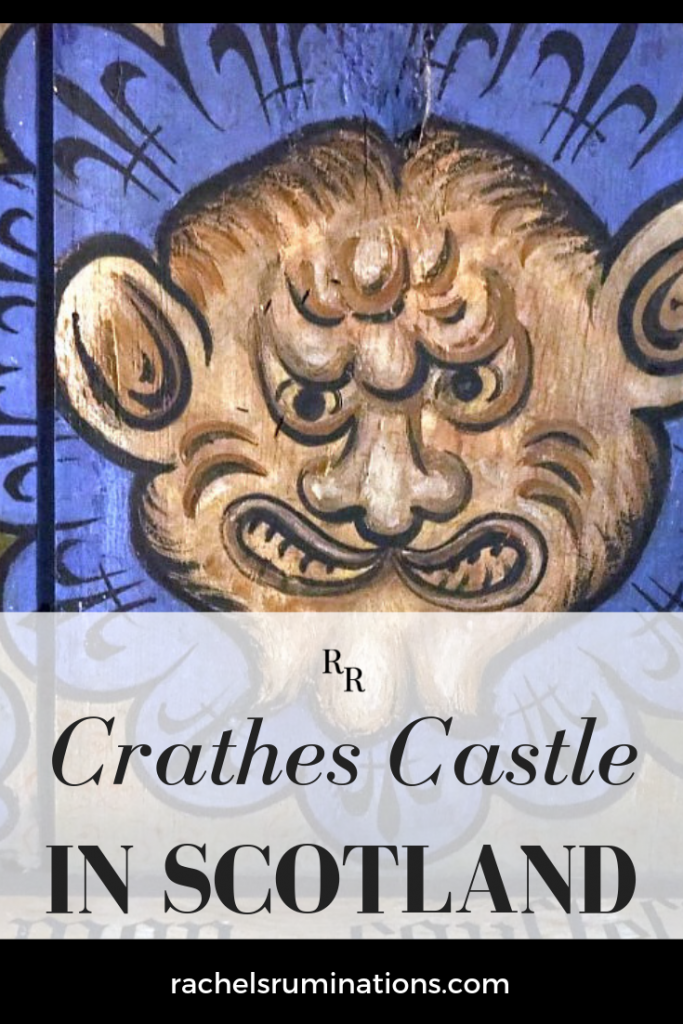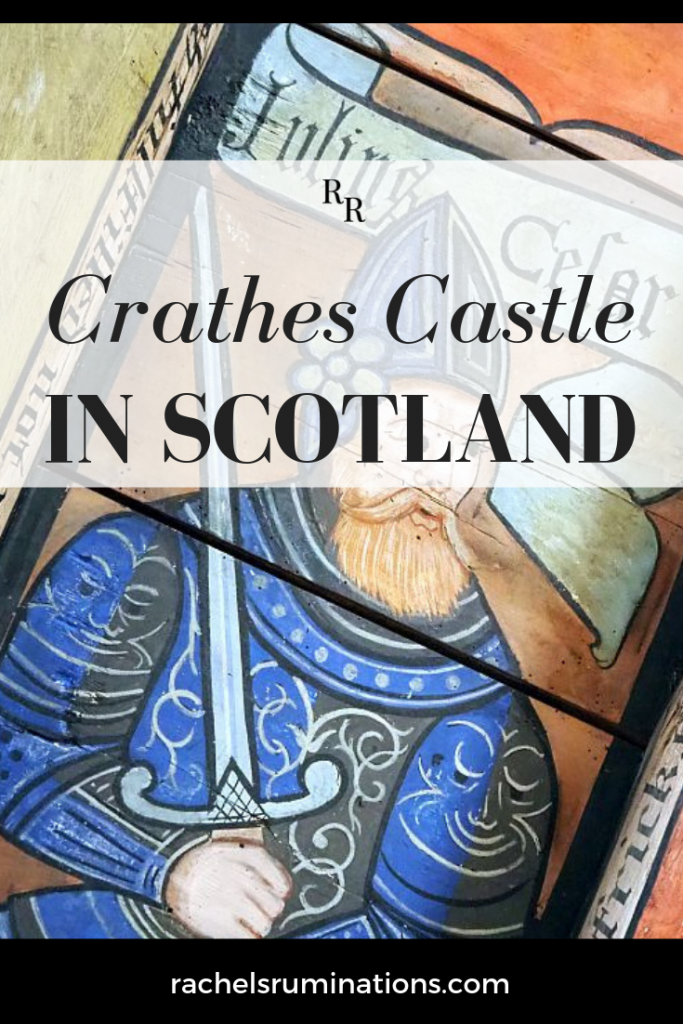Crathes Castle in Scotland
A so-called “tower house”, Crathes Castle in Scotland has been added to and changed over the centuries. First built in the mid-16th century, it was the home of the Burnett family of Leys, who lived there for over 300 years. It’s one of the 14 castles in Aberdeenshire worth visiting.

Crathes Castle still has its original tower that must have once resembled Craigievar’s, with thick fortified walls on the lower floors and more fanciful, decorative elements at the top. But a wing was added in the 18th century, changing the overall shape of the house, and enlarging it considerably.
Like Craigievar, the interior of Crathes Castle is unchanged since the last inhabitant, the 13th Baronet of Leys, Sir James Burnett, handed it over to the National Trust for Scotland in 1951.
You might also like to read these other articles about places in Scotland:
- A Scottish Highlands Clearances tour
- Wick Heritage Museum, Scotland
- Balmoral Castle tour: A review
- The Wallace Memorial
Touring Crathes Castle in Scotland
Unlike at Craigievar, visitors can explore the house on their own and take pictures inside, and we found attendants in most rooms ready and willing to answer questions about what we saw. They pointed out things, for example, like the ornately embroidered quilt on one of the beds, a family heirloom. Or, in another bedroom, the amusingly carved faces in the headboard and corner bedposts.
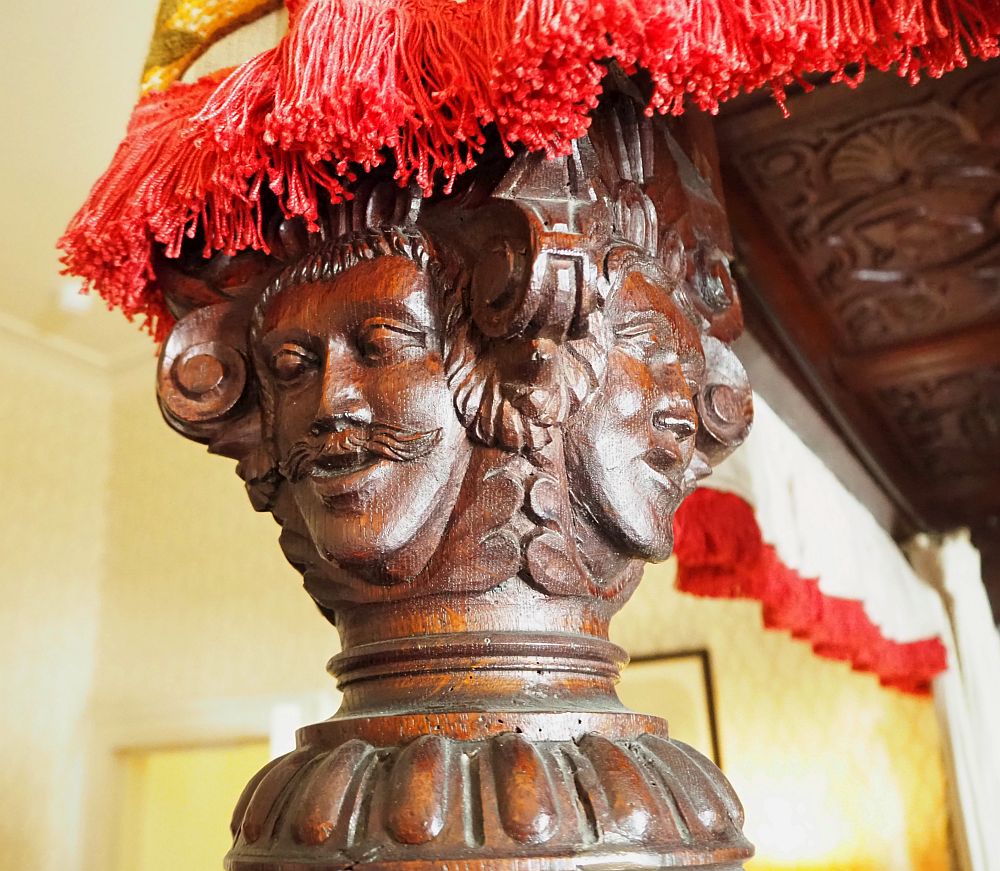
The main hall is similar to Craigievar’s main hall: large and rectangular, with a high, arched ceiling. In both cases, the walls are thick and the original windows are small. In both cases larger windows were cut through later to let in the light. Crathes’s main hall gives a cozy impression, despite its size, and is dotted with family mementos.
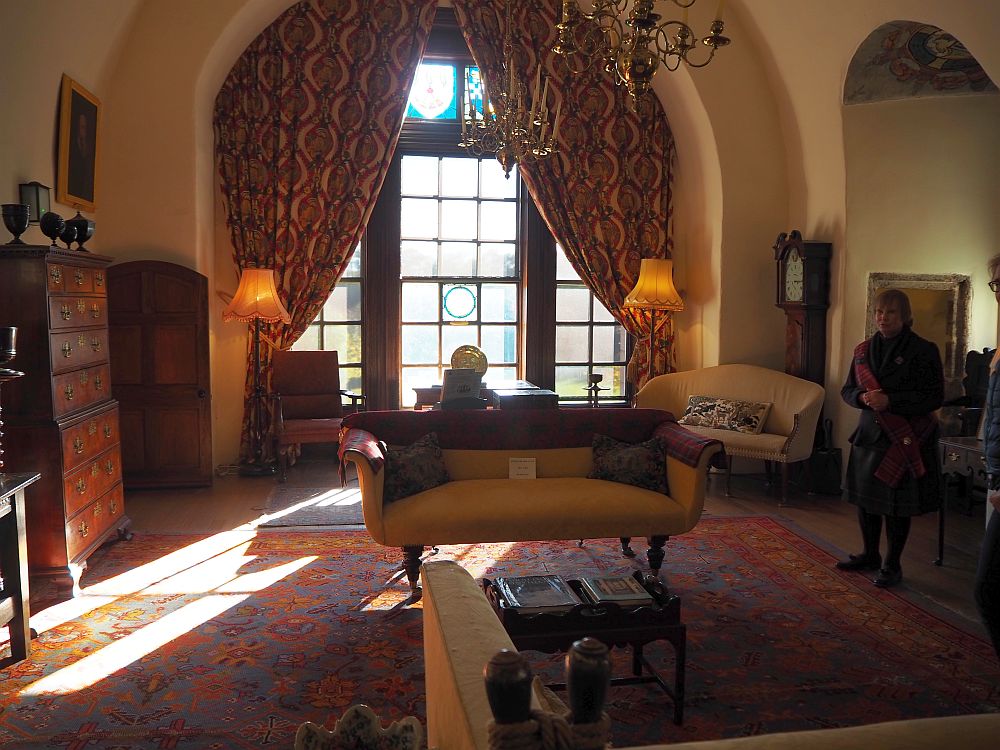
The original windows, high up in the room, still have paintwork above them, accentuating the thickness of the walls. The paintings may or may not have extended out over the whole ceiling when the castle was young.

In some rooms the ceiling beams are low and have been painted. According to one of the staff, they were originally painted centuries ago, but many of the images were repainted and embellished by the occupants in the Victorian period, an era particularly enamored of medieval imagery and architecture. Accompanied by texts in “olde” English, the ceilings illustrate, for example, a series of heroic figures or, in the nursery, what appear to be monsters. (Why anyone would paint these in a nursery, I don’t know.)

original painted ceiling 
retouched ceiling image 
a monster in the nursery
Towards the top of the tower is a long, arched room that was used for parties, among other things. What surprised me in this room was the quality of some of the framed paintings on the walls, barely visible in the dim light. A still life by Pieter Claesz, painted in 1636. A Pieter Neefs. A Claes Molenaer. It was a small but outstanding collection of Flemish and Dutch Golden Age works.
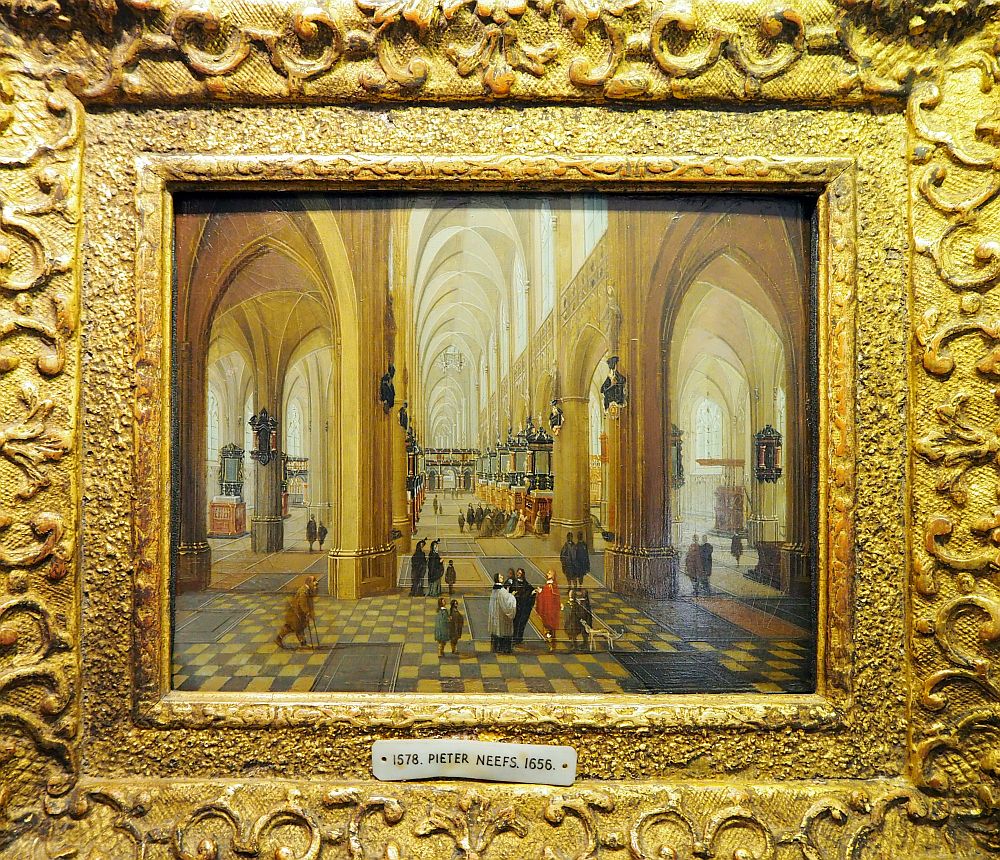
Crathes Castle garden
The garden at Crathes Castle is a destination in itself. Apparently the yew hedges are over 300 years old. I was impressed by the topiary on those hedges: all abstract curved lines on the free-standing ones, regimented consistency on the hedges that form walls dividing themed areas of the garden.
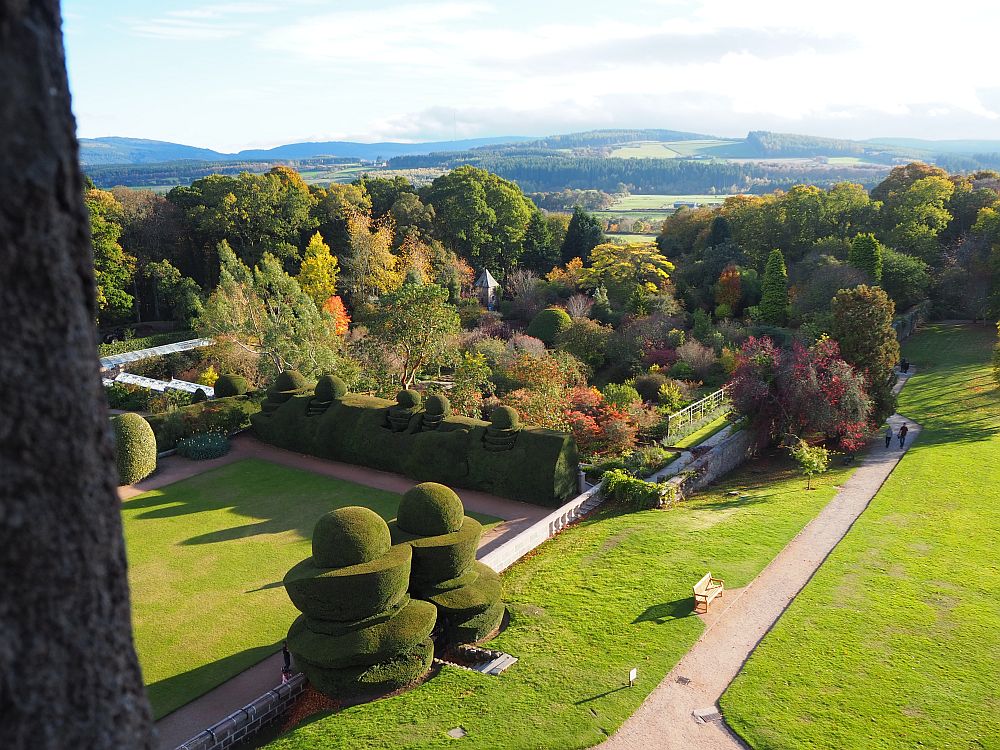
Besides the walled garden, Crathes Castle’s estate includes two square kilometers of land, with trails you can walk to take in the wildlife.
Life of the landed aristocracy
Crathes Castle is a good way to gain an idea of what it was like for people to live in a family heirloom castle like this one. The most recent inhabitants had all the “mod-cons” – plumbing, electricity, and a big cast-iron stove – but they also lived surrounded by the clutter collected by the previous generations.
I can imagine that that resistance to change would get tiresome, especially for 20th century descendants. Yet their loyalty to their ancestors means that we, the present-day tourists visiting the castle, get to enjoy an authentic look at life in a Scottish castle.
If you’re planning a trip to Aberdeenshire, click on this link to book your hotels.
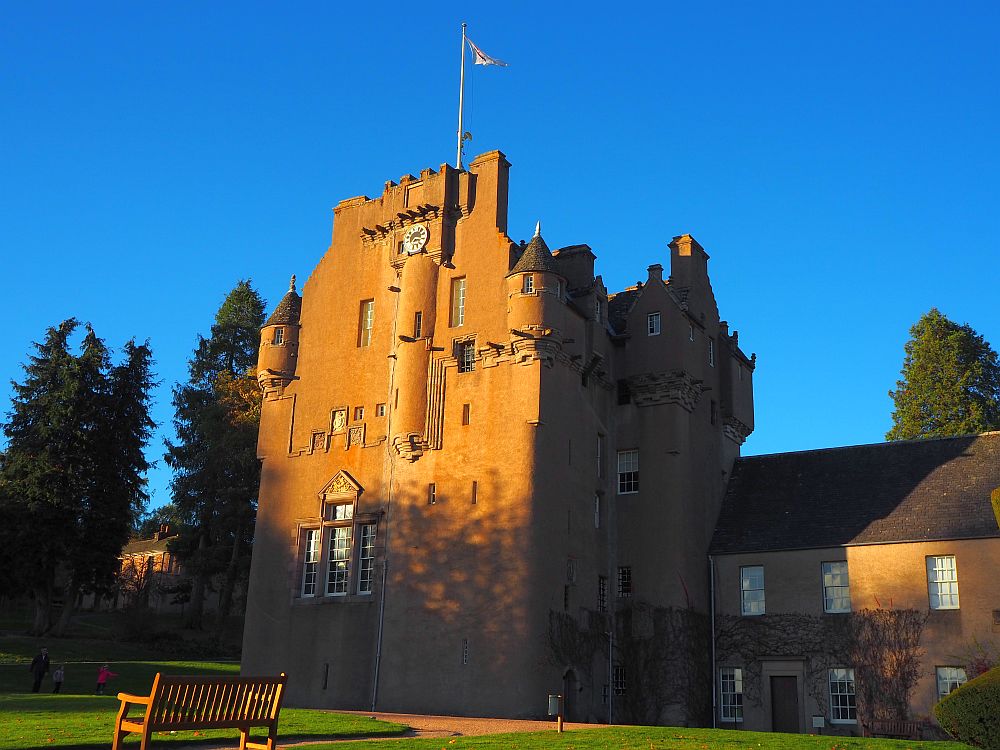
Information for visiting Crathes Castle
Crathes Castle is just off the A93 east of Banchory.
Getting there by car: If you’re driving from Aberdeen, it should take 35-40 minutes. The entrance is signposted off the A93 after Crathes village. If you get to Banchory, you’ve gone too far.
Getting there by bus: From Union Square bus station in Aberdeen, bus 201 or 202 will get you to the entrance road in about an hour. The walk from the bus stop on the A93 to the castle will take about 20 minutes.
Opening hours: November-March only on Saturdays and Sundays 11:00-16:00 (closed on some holidays, so check the castle’s website.) In April-October: open daily 10:30-17:00.
Admission: £13 / €15 / $16.


